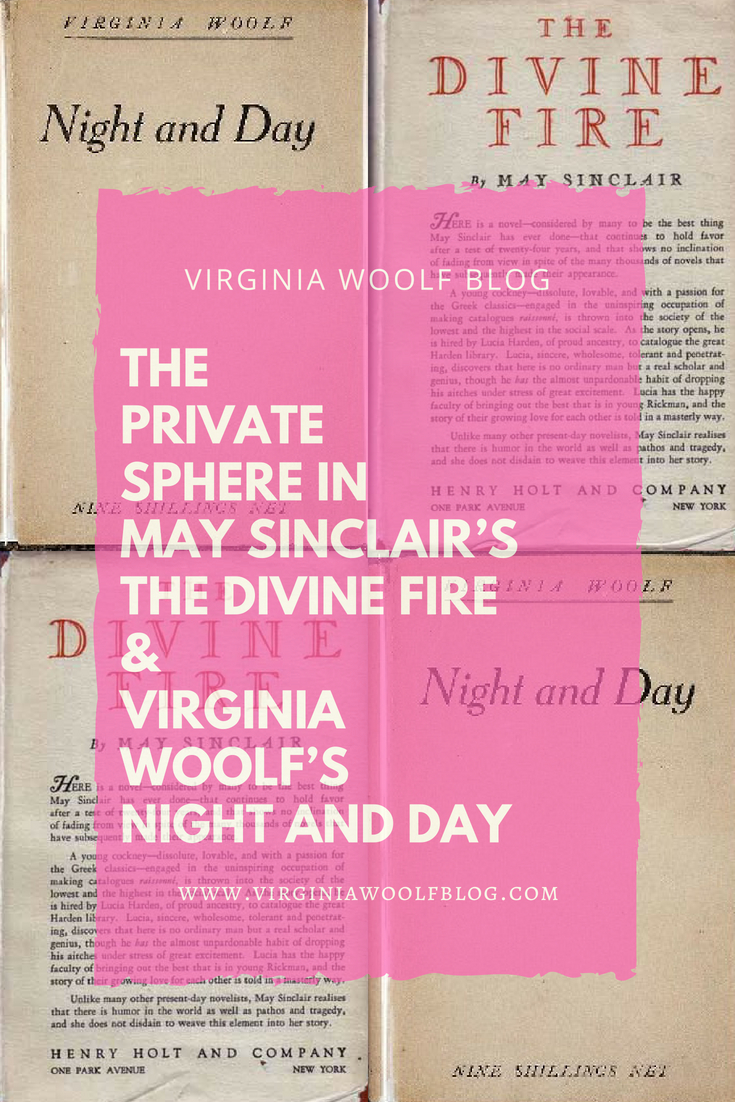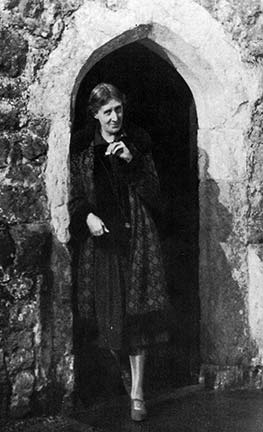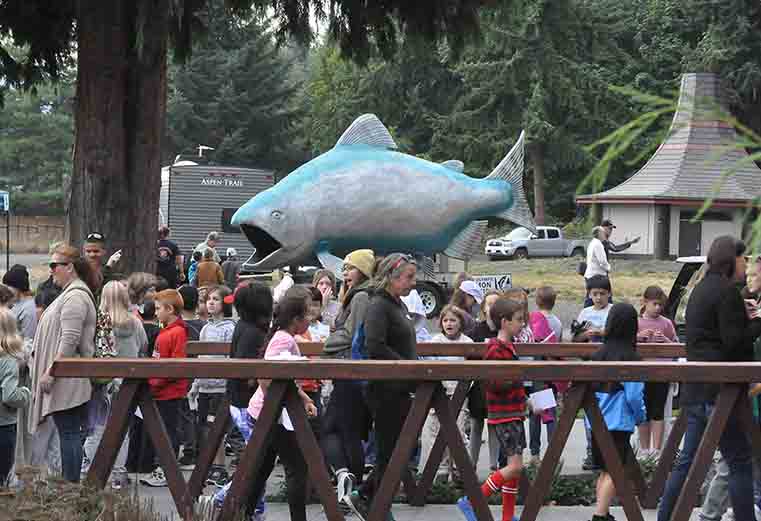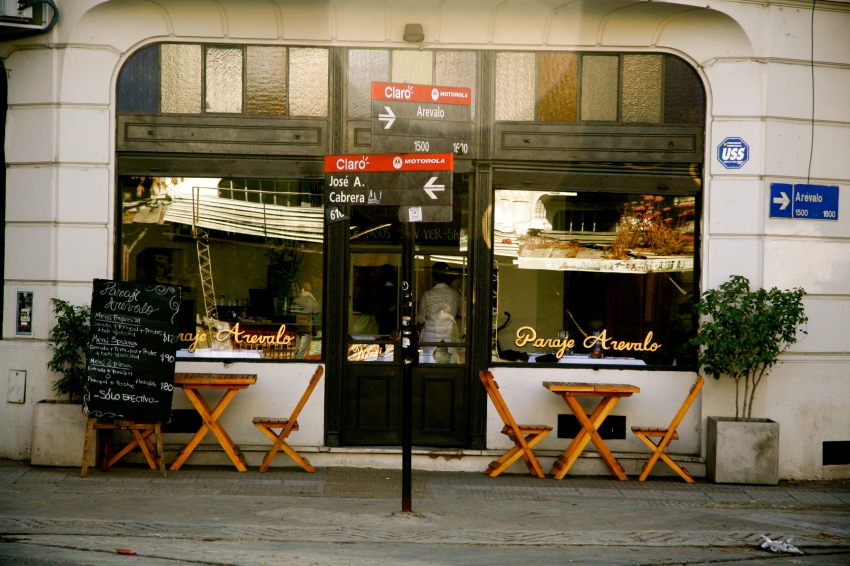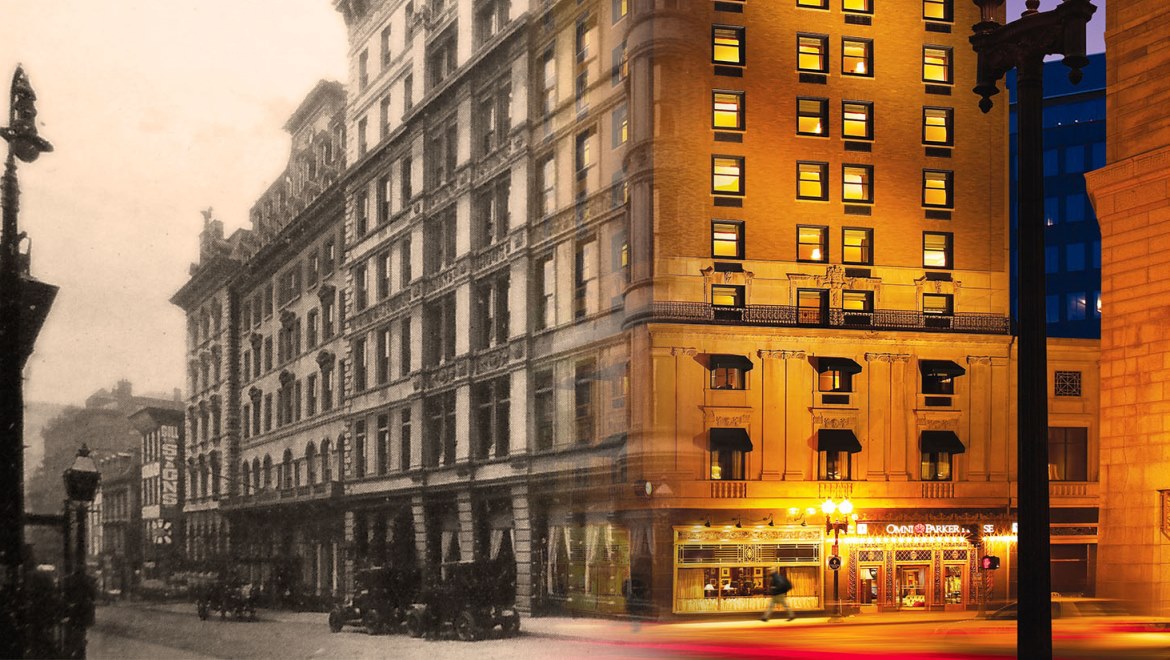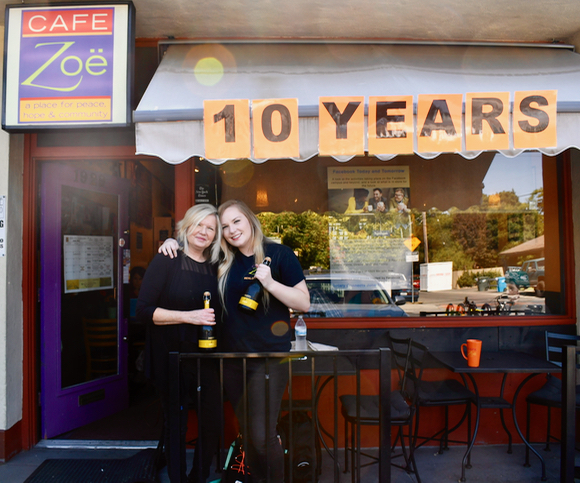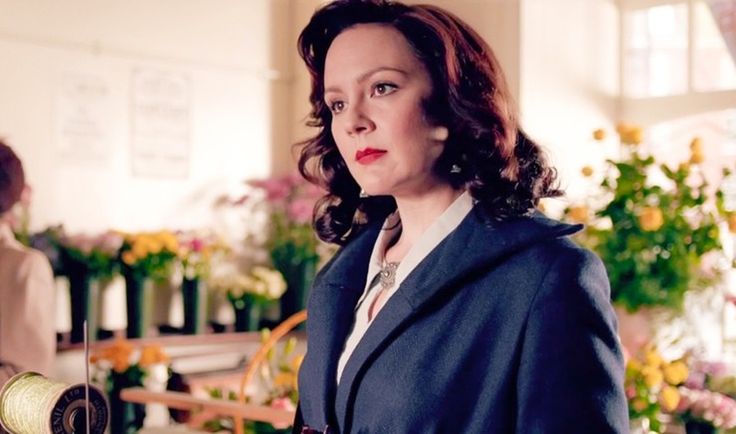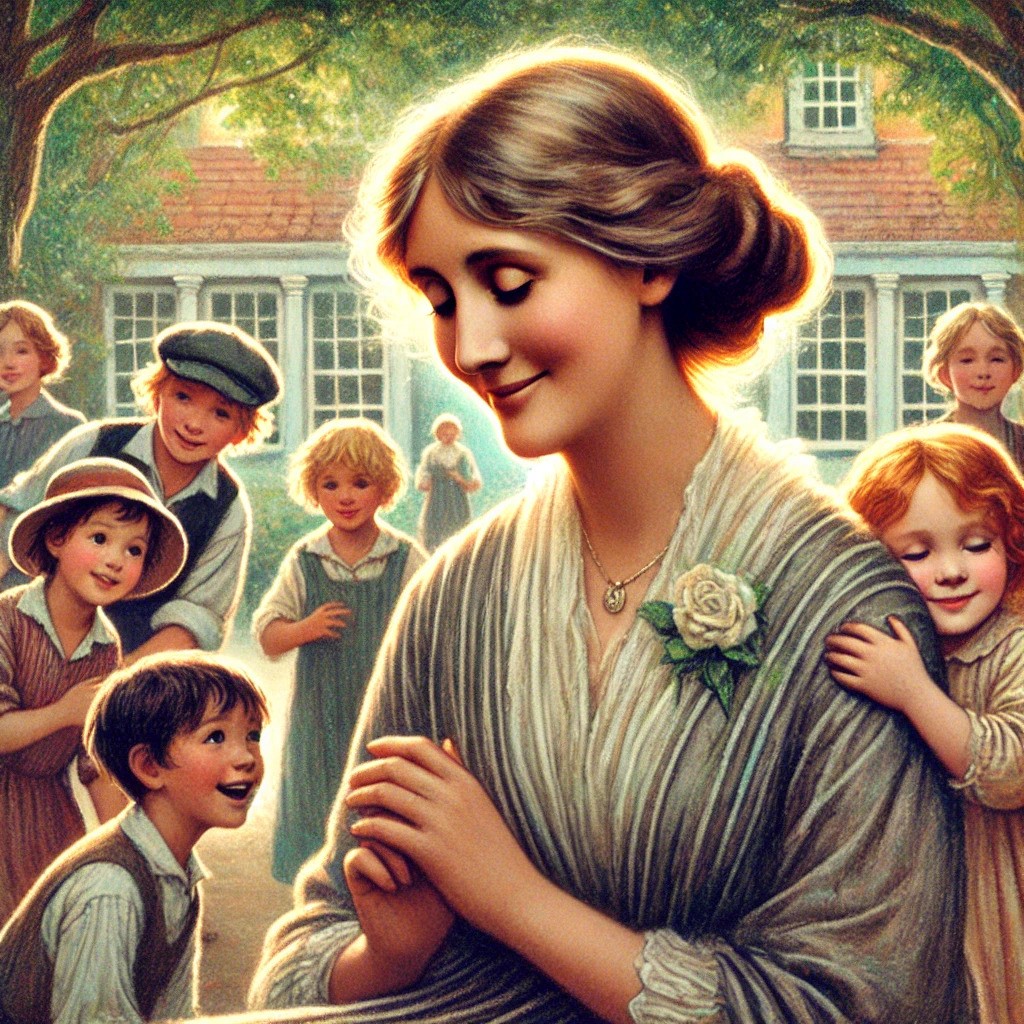
Virginia Woolf was a fascinating woman who made an impression on everyone she met, including the neighborhood children of Rodmell, where Virginia owned a country home called Monk’s house.
According to the book, Virginia Woolf’s Women, the local children often saw Virginia around the village during her afternoon walks and they were both intrigued yet scared of her, as the actor Dirk Bogarde, who grew up in the neighboring village of Lullington, recalls:
“Used to see her marching about the water-meadows quite often. Hair wispy and caught into a loose sort of knot, a big stick or sometimes a brightly coloured umbrella furled. A golf umbrella, I imagine, a droopy cardigan. She sometimes wore a big floppy straw hat and we all thought she was a witch. Or could put spells on you…there was a strange deconontracte about her which made us all uneasy…she never spoke to us, but sometimes sang to herself, a sure sign that she was ‘barmy’ as we said…and picked little bunches of wild flowers.”

The local children made Virginia equally uneasy, according to one child in a BBC article about Rodmell children during World War II:
“Virginia Woolf came to the school one day and this is what she wrote in her diary when comparing us to London children: ‘There is no echo in Rodmell, only waste air. There is no life in these children and they cling to us. This is my conclusion; we pay the penalty for our rung in society by infernal boredom.’ Bored. Never! We had a great life when we were kids, with never a dull moment.”
Sadly, it was also neighborhood children who discovered Virginia’s body in April of 1941, after it washed up under a bridge in Southease, three weeks after she went missing in Rodmell.
Sources:
“Virginia Woolf’s Women”; Vanessa Curtis; 2002
BBC; WW2 People’s War; Children in Wartime Rodmell: http://www.bbc.co.uk/history/ww2peopleswar/stories/67/a4461167.shtml

